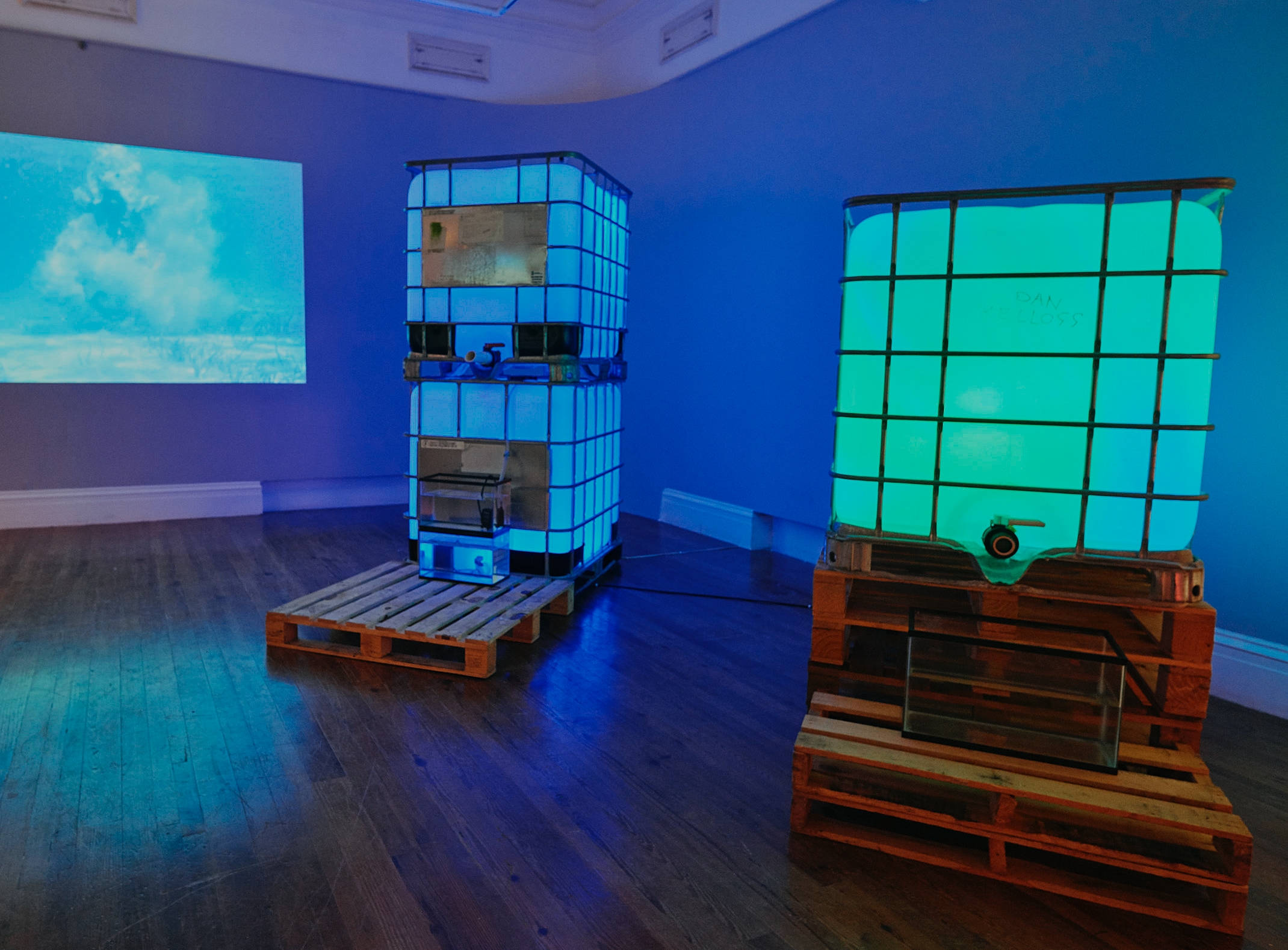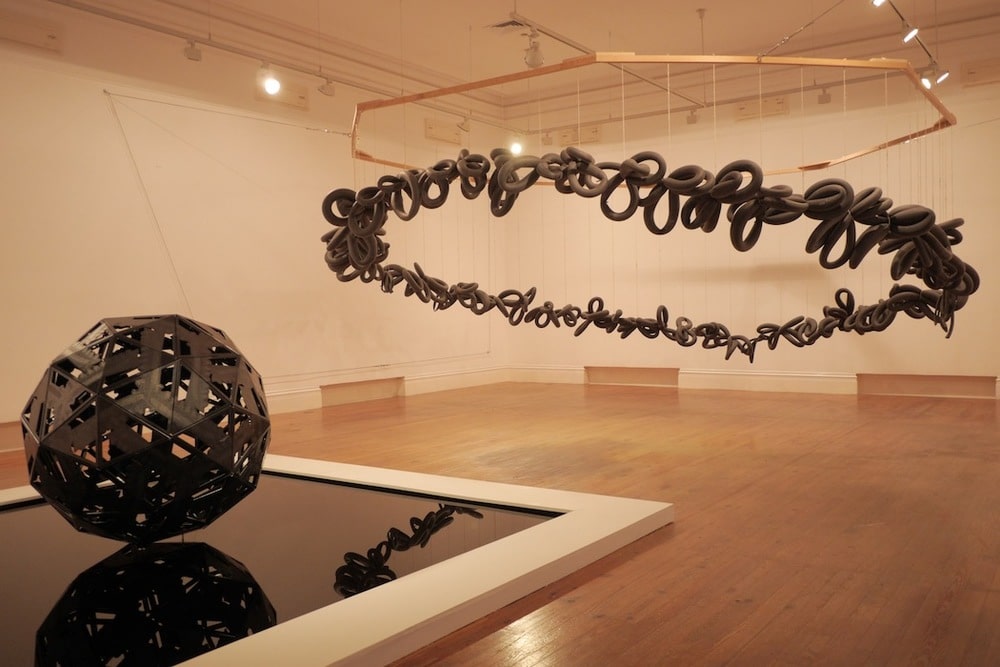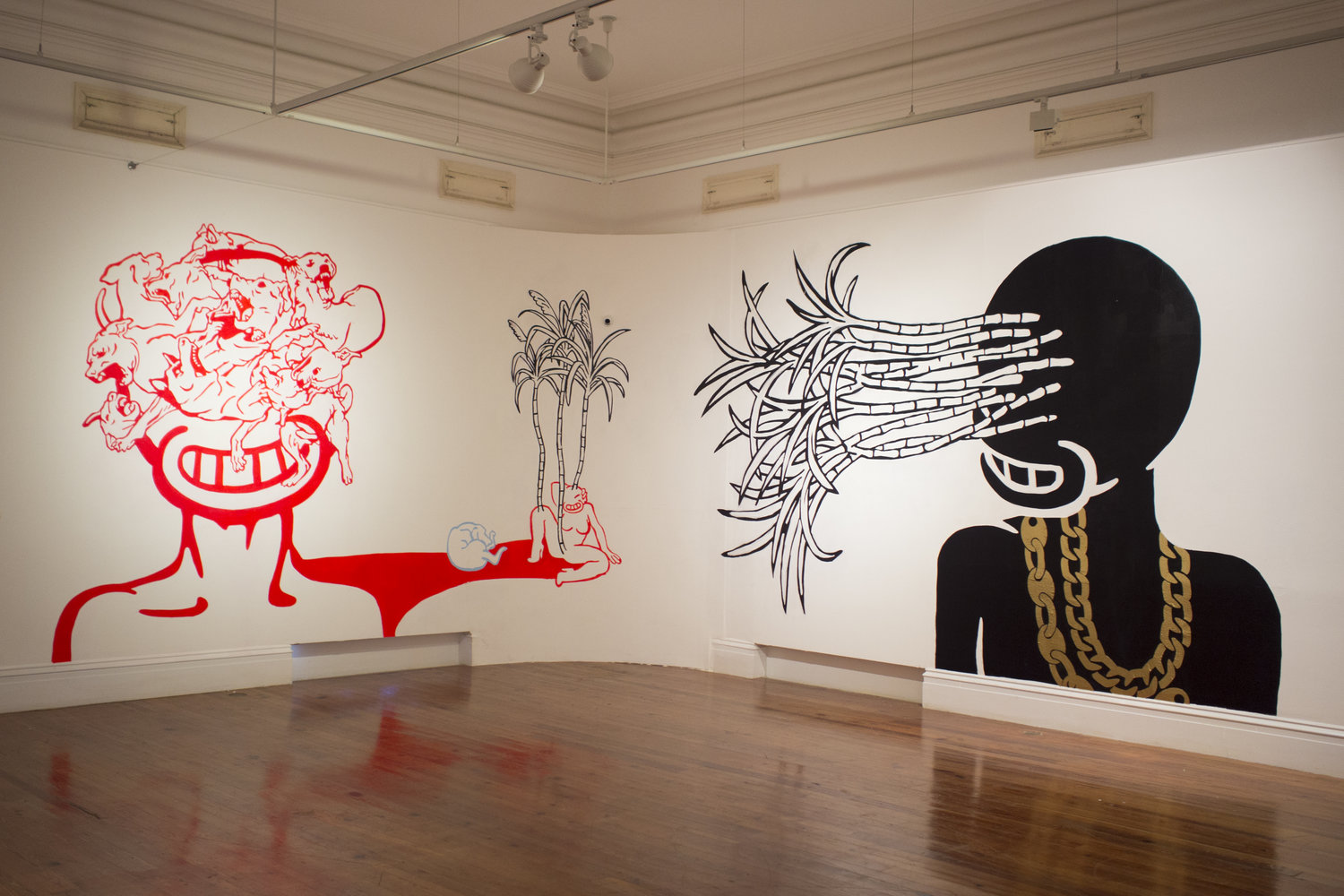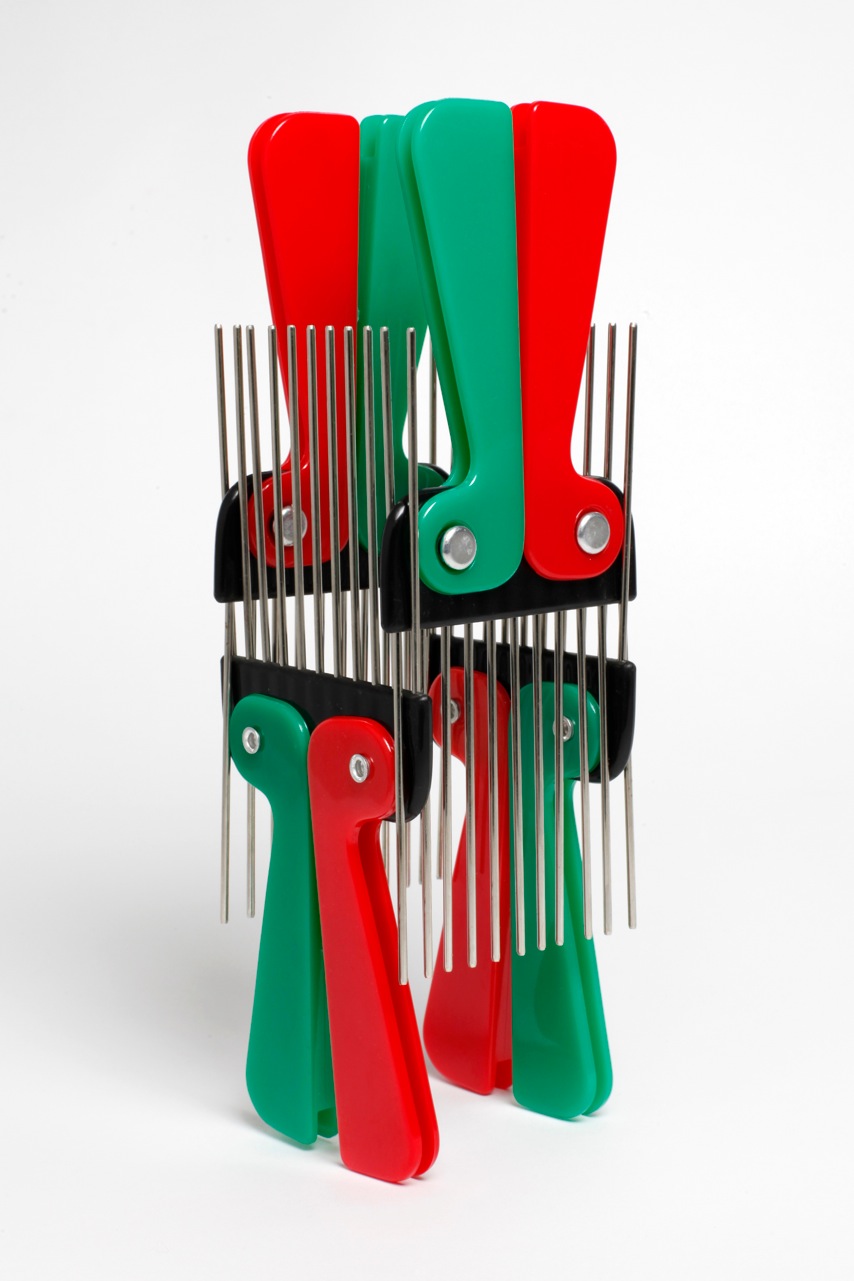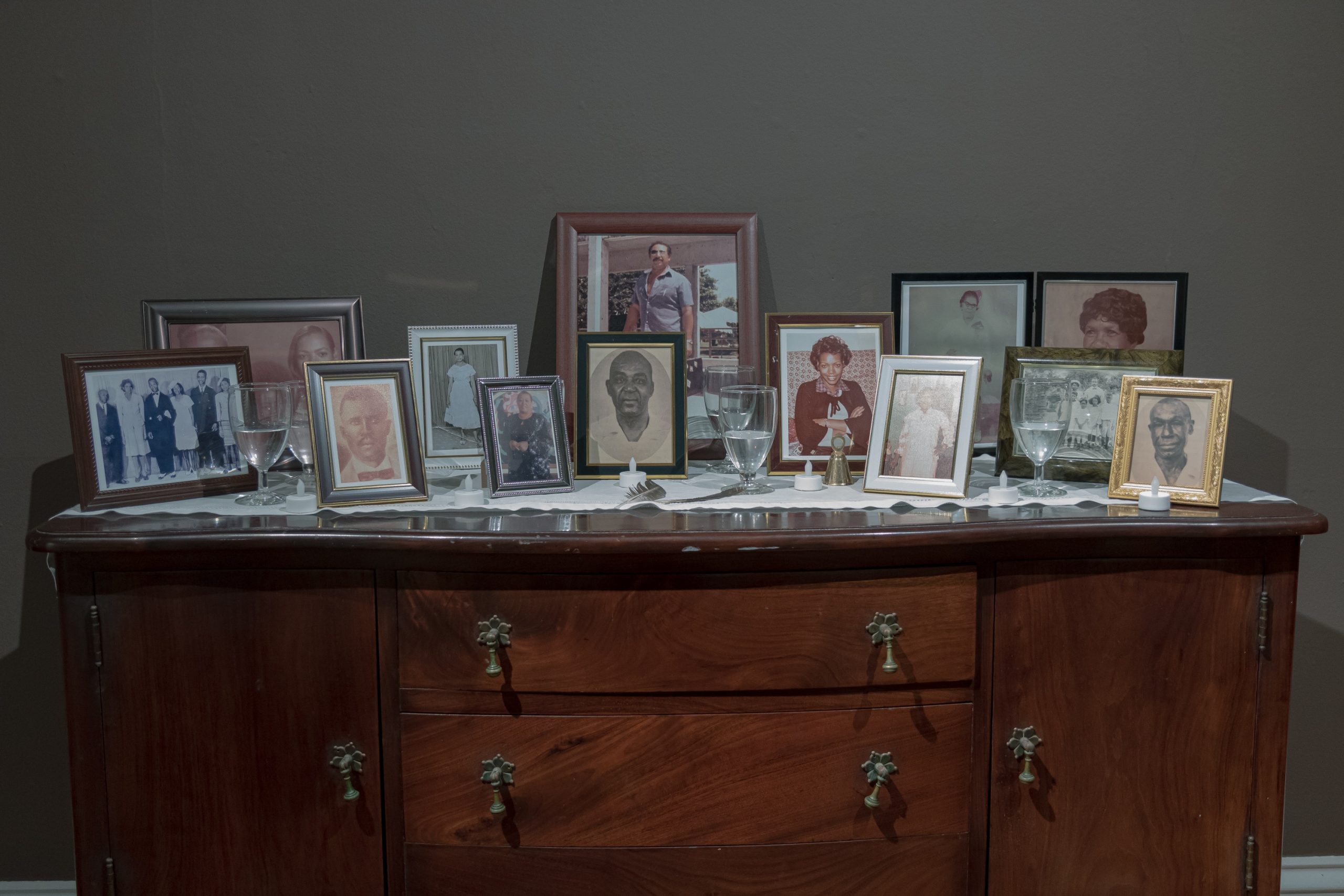A Calendar of Conditioning
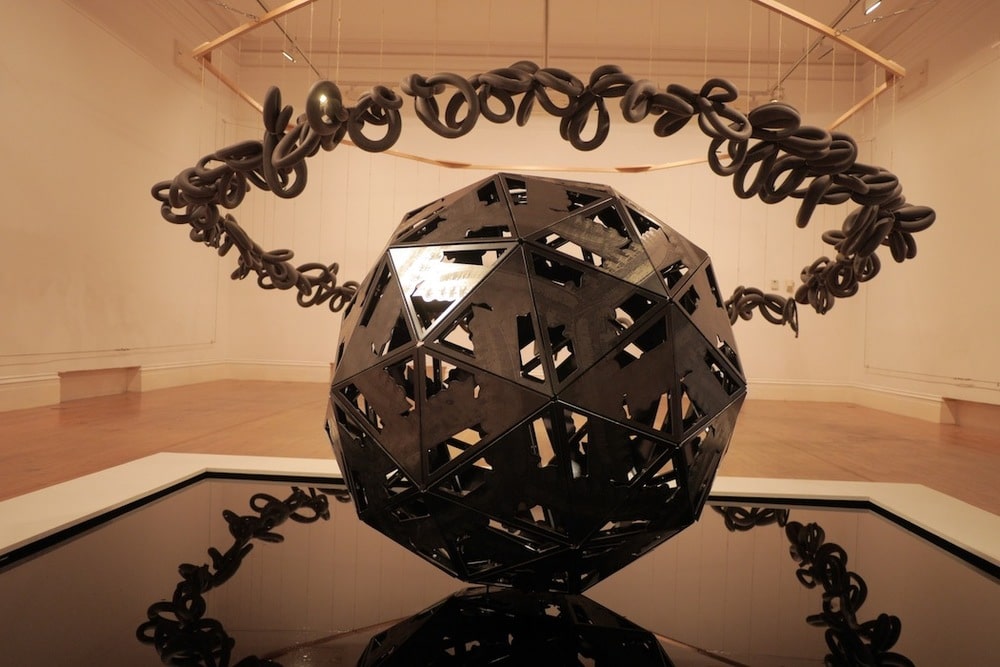
Overview
Dates
25 September–29 October 2015
Location
NAGB, Floor 2
T1 Gallery
The Double Dutch project fosters collaboration and exchange among regional artists, challenging ideas of nationalism and the creative insularity of the Caribbean. The second iteration features Jamaican artist Charles Campbell’s Transporter 8 and Bahamian artist John Cox’s 126/73 .
Charles Campbell
Jamaica
Campbell’s Transporter 8, part of his ongoing Transporter Project, examined the intersections of aesthetic and political narratives. A black metallic sphere adorned with slave canoe imagery floated amid a pool of black liquid, evoking the weight of colonial histories and utopian aspirations. Referencing Buckminster Fuller’s geodesic dome, the work juxtaposes ideals of rational utopia with the violent legacies of slavery, creating a meditative, disorienting space.
John Cox
The Bahamas
Cox’s work explores themes of equilibrium and transformation using bicycle inner tubes filled with air, symbolising “breath” as a force of life and change. The deflation, wilting, and shifts in these forms echoes the human body’s aging process and the instability of existence. Titled after one of Cox’s daily blood pressure readings, 126/73 also references self-portraiture and the flux of human conditions, with its pared-down installation highlighting notions of surrender and the irregularities of cohabitation.
Together, Campbell and Cox’s works engage in a dialogue about displacement, transformation, and the cyclical nature of existence.
A Calendar of Conditioning is curated by Holly Bynoe, Chief Curator.
Double Dutch · Series 2
Double Dutch pairs a Bahamian artist with an artist from the wider Caribbean to produce ambitious, collaborative work. The programme encourages exchange across national borders and highlights the shared culture, creativity, and sensibilities of the region and its diaspora.
